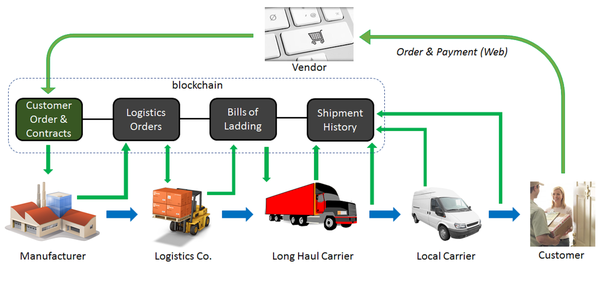
We've been talking a lot about emerging technologies like Blockchain, IOT, (The Internet of Things) and a worldwide digital supply chain. Change is coming, and it's best we prepare. So, in a several part series, we're going to delve deeper into these technologies to explain the technology and offer some real-world applications in logistics and supply chain management. We'll start the first part of our series by taking a close look at Blockchain Technology.
What Is a Blockchain
The blockchain is a breakthrough technology that is expected to alter most industries in the coming years. Whether you work in the financial world, healthcare or any other sector, you will probably face the consequences yourself soon enough. But what is this thing you’re going to face? The technology has been the driving force behind the Bitcoin craze. It is precisely the authenticity aspect of the technology that is most valuable and provided validity and auditable confirmation to the valid value of products like Bitcoin. It gives investors a comfort level, perhaps to a degree like never.
So, in layman's terms lets look at an international shipment as an example to demonstrate the blockchain application. The blockchain is a distributed database existing on multiple computers at the same time. By "distributed" it means that all parties have access to the shipment details of our example shipment. To understand what a block is, in our example, it may be the origination documentation, customs forms, bill of lading, etc. The "Blockchain" is constantly growing as new sets of recordings, or ‘blocks,’ are added to it. So, again using our example, the next block might contain details on the sailing date, cargo vessel, and container ID. Each block includes specific information, a timestamp and a link to the previous block, so they form a chain. So, you might imagine the next "block" would contain details of the destination port, offloading time and warehouse location. The next block would likely include information on the cartage agent, truck number, driver ID, etc. And finally, the last block would contain details on the final delivery including proof of delivery signatures and time stamps. The heightened level of security and impervious nature of the technology to fraud is what blockchain offers to transactional business like ours and just about every other industry. The database is not managed by anybody; instead, everyone in the network gets a copy of the whole database. Old blocks are preserved forever, and new blocks are added to the ledger irreversibly, making it impossible to manipulate by faking documents, transactions, and other information. So, blockchain is independent, transparent, and secure. The advantages of such a distributed ledger are apparent: being it cost and risk reduction, data security, or transactions transparency, companies from most industries can surely benefit from this new technology.
So now that we have a clear understanding of blockchain technology let's examine some Logistics and Supply Chain applications that are emerging today.
Shipping and Receiving Functions
Cargo companies across the world, especially those that support international delivery, recognize the benefits of the blockchain technology. The technology can allow the company to track each item while simplifying the existing logistics process. Maersk, the world’s biggest operator of shipping containers, has already experimented with blockchain. They along with Dutch Customs and US Department of Homeland Security used the technology to keep tabs on the movement of their cargo across international borders. Maersk has now teamed up with IBM to develop highly secure logistic systems that will alter the global trade landscape for good.
The system is expected to save billions of dollars for companies engaged in freight transportation by replacing existing logistic processes. It will help to reduce errors, improve delivery times and enable detection of fraud while lowering costs incurred.
Invoice Paperwork and Payments
A significant challenge in logistics is developing efficient and secure systems for invoicing and payments. For decades shippers have extended payment terms by insisting on receiving original proof of delivery receipts for example. Blockchain will eliminate the need for such documentation. Tallysticks has developed a platform, launching in September, based on blockchain that can handle invoicing and payments for logistic and other businesses. Based on smart contracts, it automatically sanctions a payment corresponding to an invoice. Visa has also jumped on the blockchain bandwagon and has launched its B2B Connect payment service. It aims to simplify payments across international borders while ensuring security and transparency. It also provides that a system that prevents frauds and minimizes errors is in place without involving a middleman.
Inventory Tracking
Blockchain technology can be used to build an efficient system that allows different companies to keep track of their products even at micro levels. Multiple food retailing companies have partnered with IBM to develop a system based on blockchain that allows tracking of food items. The alliance includes Walmart, Nestle, and Unilever to name a few. The technology will enable the company to backtrack individual food items back to the farm. Walmart has successfully experimented twice with the blockchain. It tracked pork in China and mangoes in Mexico to their origins. This accurate tracking ability is of importance in recall situations threatening public health.
How will tracking a fruit or meat product be useful? Roll back to the E. coli outbreak in the U.S. ten years ago wherein spinach infected with the microorganism spread the disease. If a similar incident occurs in the future, it will be easy to identify the infected batches of the commodity. There will be no need to destroy the whole stock, only the infected ones. Time is of the essence for managing such incidents and limiting the damage to both the public health and the corporations brand value.
To stay informed on the emerging technologies that are affecting our industry register to receive our weekly blog. For specific information on how your company can benefit from these emerging technologies contact one of our Logistics professionals today www.Land-Link.com.
Read More




.jpg)
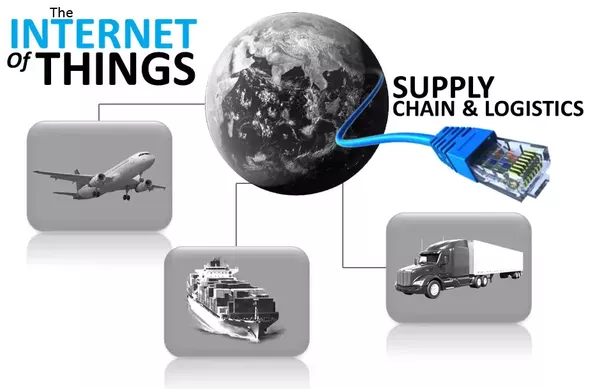



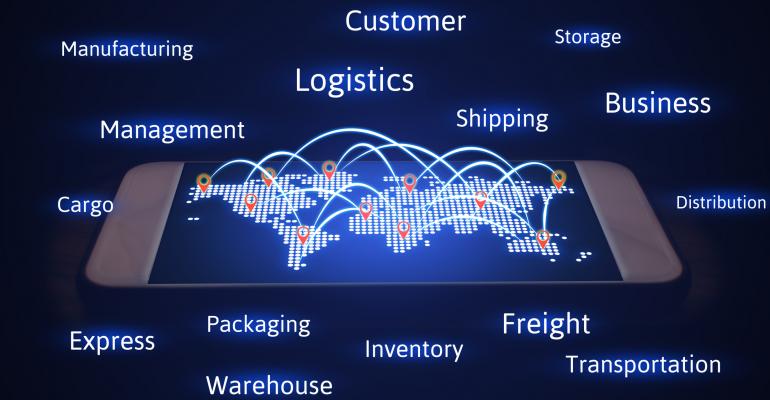
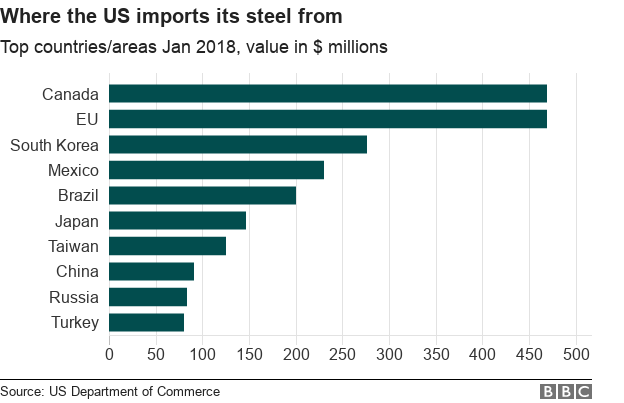
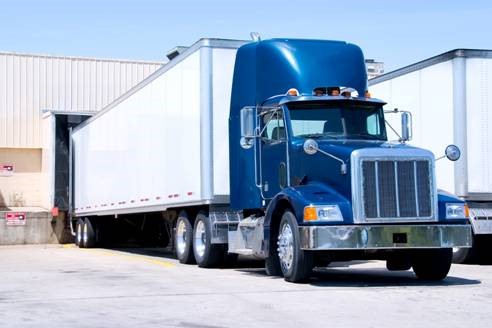
 Land-Link, a well respected professional organization, has been providing its clients with effective transportation and logistics solutions since 1978.
Land-Link, a well respected professional organization, has been providing its clients with effective transportation and logistics solutions since 1978.

